How to Acquire Sharp Focus When Shooting in Manual Focus Mode
Autofocus is a great feature in modern cameras, especially if you’re just getting started. However, just like any other thing with the “auto” prefix, autofocus isn’t completely infallible when it comes to photography.
If you want to shoot a photo by focusing through a fence or chain, a scene with low contrast, or even a moving object in front of or near your subject matter, the autofocus of your camera can fail entirely.

That’s where the manual focus comes into play. It’s important to note that mastering manual focus to capture sharp photos isn’t a piece of cake. Just like any other photography skill, it also requires practice and a little know-how. If you want to know how to use your camera’s manual focus to capture sharp and crisp images, then read this guide carefully.
Multi-Focus Points or Zone Focusing
In zone focusing, your camera uses a larger part of the scene or a set area of focus points to find focus. It’s one of the best techniques to capture moving objects with sharpness. That’s because it’s very difficult to get a single focusing point if the object is constantly moving.
If you have ever tried to capture a small flying bird or a toddler, then you’d already know how frustrating it can be to end up with a sharp photograph. The next time you try to do the same, consider using zone focusing to allow your camera to focus the object within that range. Keep in mind that depending upon your camera, the result can vary, and we recommend you opt for the one that comes with better tracking focus, number of points, or fast focus capabilities.
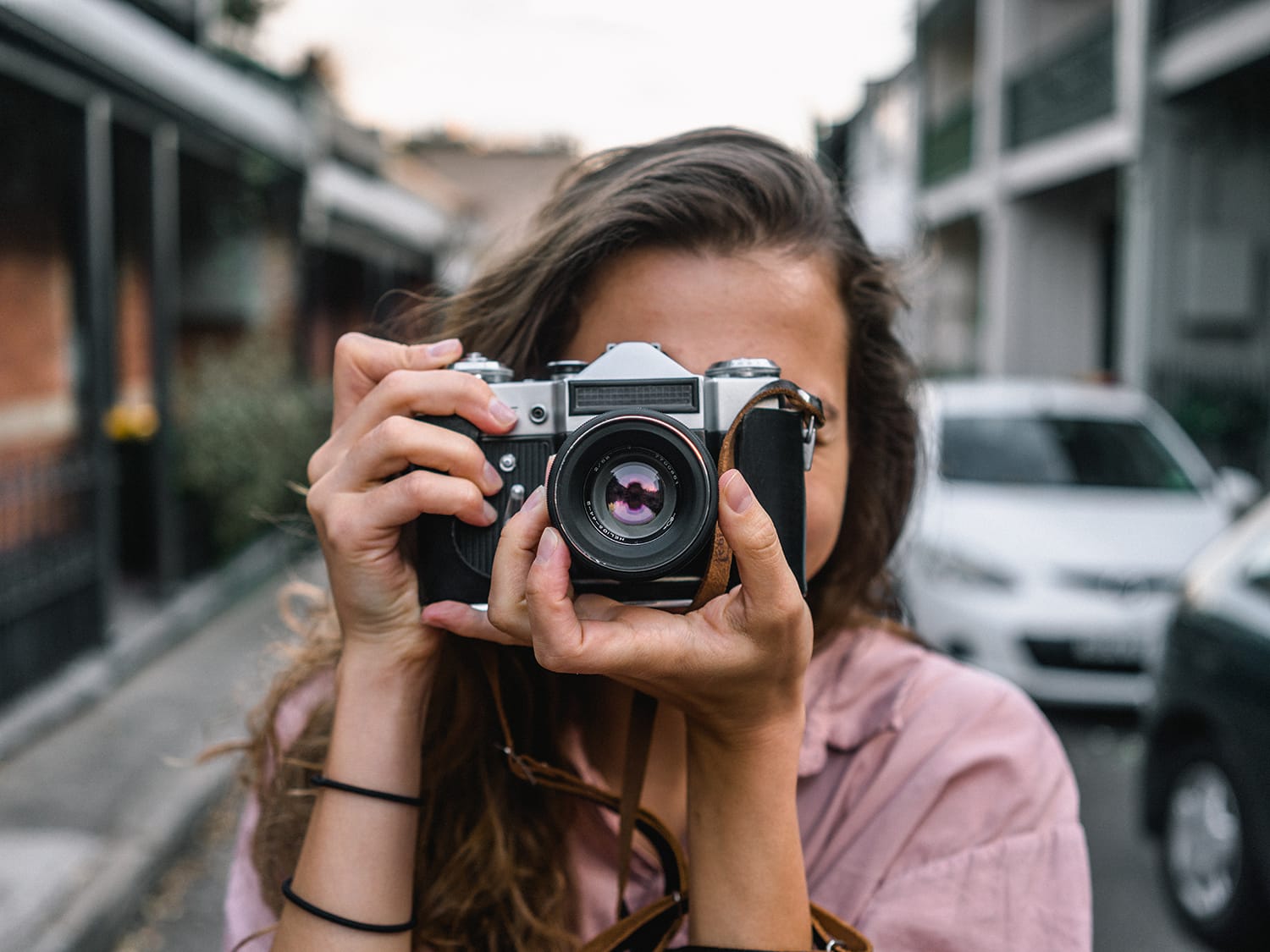
Learn Manual Focus Signs and Focus Peaking
As mentioned, using the camera’s manual focus can be challenging. That’s why almost all the renowned camera manufacturers add different features for your convenience. Some of them offer a small circle that appears in your viewfinder’s bottom-left corner when your desired scene is in focus. Others light up the focus point if it’s in focus and turn on the focus confirmation light.
Focus peaking is yet another great feature that many modern mirrorless cameras that come with electronic viewfinders offer. It allows you to see the exact point where your focus lies as it highlights that part in red color. If your camera has this feature, consider playing around with it to learn the best ways to utilize it.
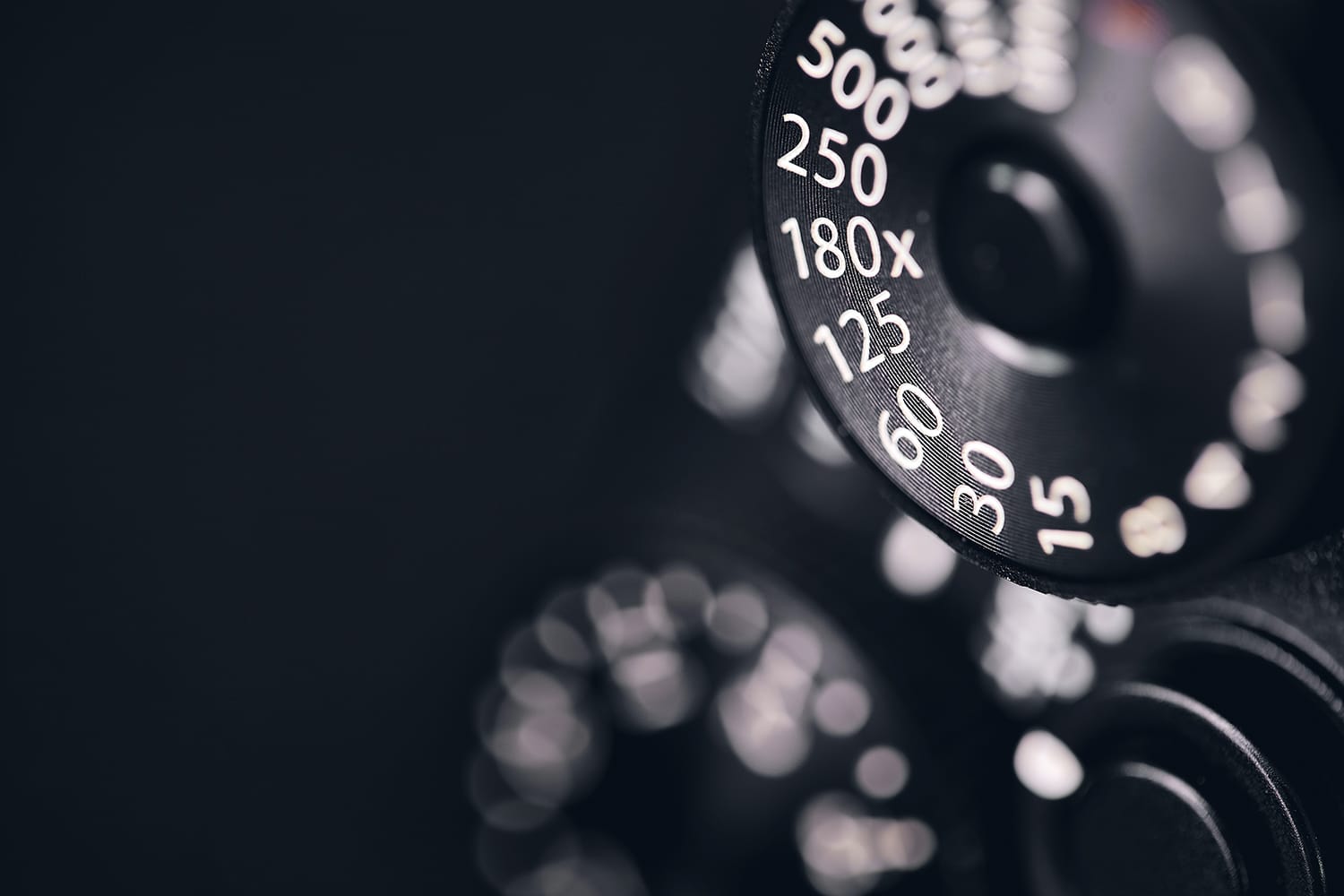
Shutter Speed
Regardless of how still you hold your camera, in hand-held conditions, the shutter speed always presents issues related to sharpness. The fact that you have a heartbeat and your breath, your body is always in motion, and with slow shutter speed, these slight movements are more than enough to lead to a blurry image.
We recommend you not to go below 1/125th of a second if you’re capturing a photo by holding the camera in your hands. A better approach is to use a sturdy tripod or brace yourself against a wall or a stable surface. If you have a tripod, consider using a remote trigger to take the movement out of the equation entirely. Consider using the following steps to capture sharp and crisp photos using shutter speed, tripod, and remote release.
- Mount your camera on the tripod
- Frame the scene that you want to capture
- Set the desired focus
- Set the desired depth of field by selecting the most appropriate f-stop
- Switch to the electronic shutter mode if your camera has one
- Set up the remote release by using a smartphone application or a cable
- Sit back and push the button when the scene is ready
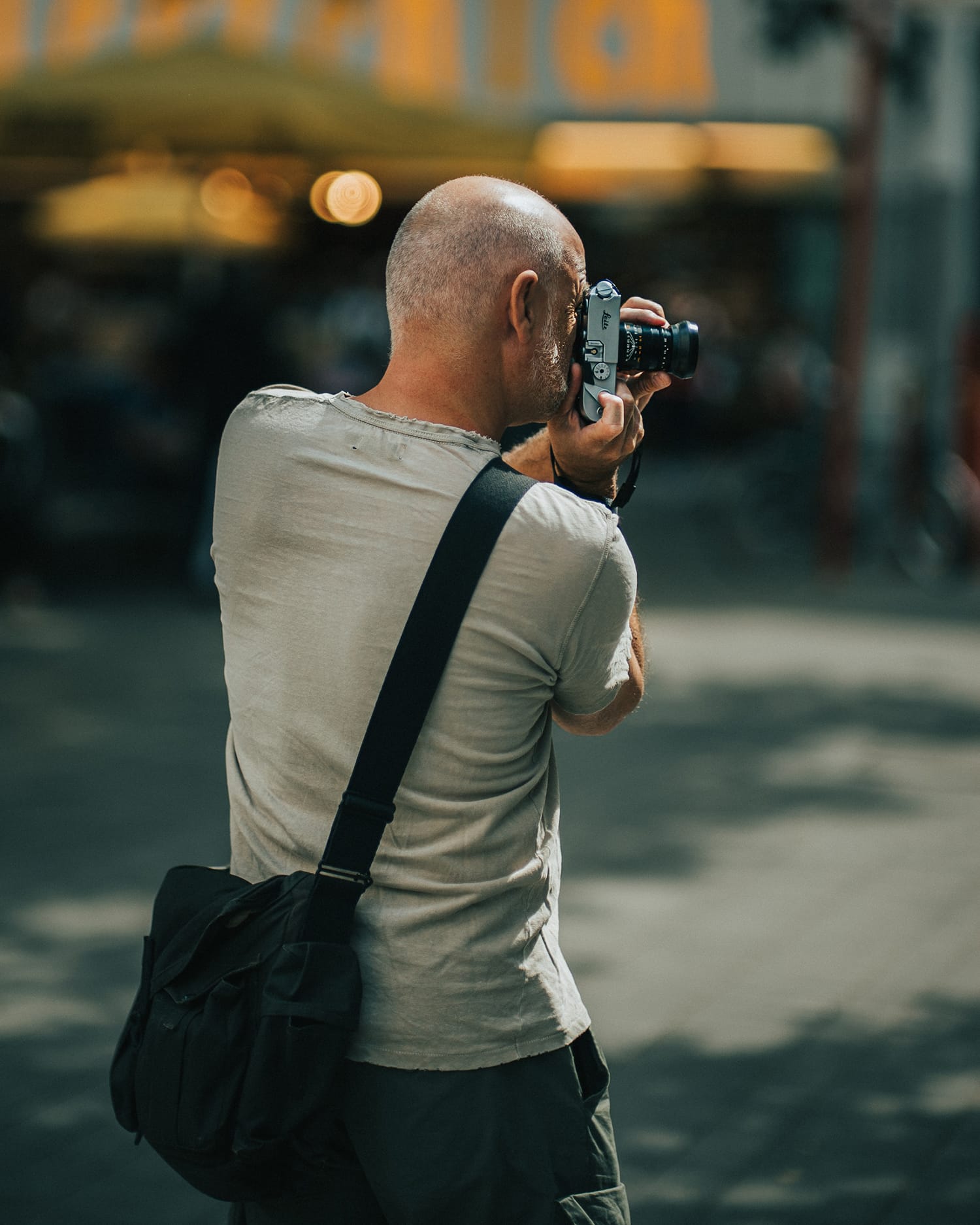
Depth of Field
The DoF (Depth of Field) is described as the distance between the farthest and the nearest objects in your photo that are considered sharp. To keep the whole subject matter in proper focus, consider choosing an f-stop. It’ll allow you to keep your subject matter sharp, and it can also make the background blur.
Each lens with focal length comes with its own focal zone or the pocket of precision for subject-lens distances. Keep in mind that depth of field is one of the most critical factors to consider if you like to shoot macro photographs. It limits the focus to a shallow distance on objects, and sometimes it generates outstanding results, and sometimes it does not.
That’s why it’s important to learn the limitations and capabilities of your lens. The best way is to preview the depth of field before capturing the photo if your camera allows it. Even the slightest change in the distance from the lens to the subject can affect the focal distance dramatically.
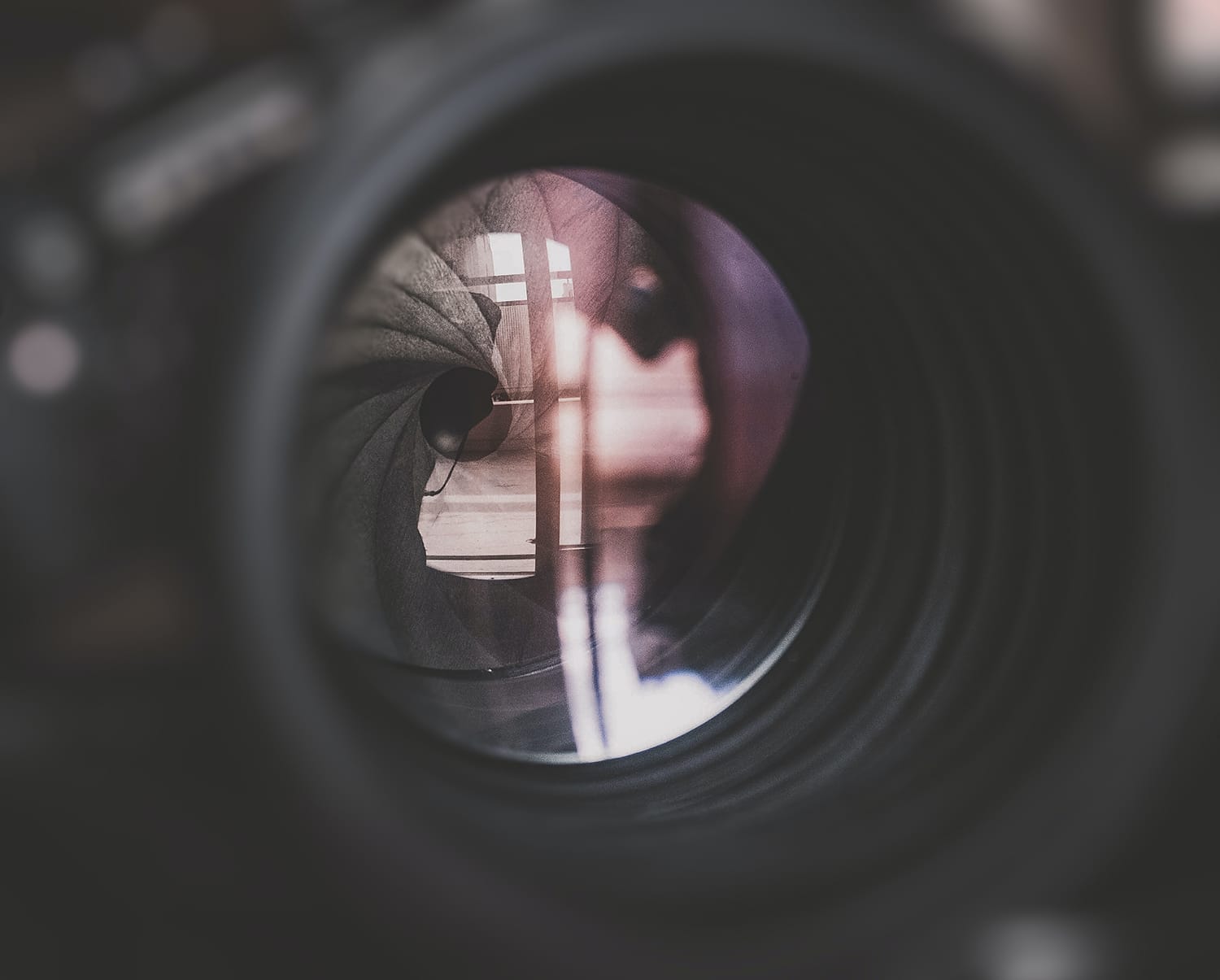
Aperture Settings
You can use a higher shutter speed if you capture photos with the aperture wide open. However, it can affect the sharpness of your image negatively because of spherical aberration (photos with diffused focus). The light rays hit the lens of your camera in a straight line. The lens bends these light arrays because of its curve, and resultantly the focus is diffused. So, the more the light array is curved by your camera’s lens, the softer the focus, especially on the outer edges, in your final photo.
You’ll experience this issue more often if you’re using an inexpensive or low-quality lens.
If you don’t already know, then the aperture 2 to 3 stops down usually generates the images with the most sharpness. Consider closing your camera’s lens down 2 to 3 stops and use a higher ISO or slower shutter speed if you don’t need to have extremely shallow DoF to blur the photo’s background.
It’s important to note that if you use small aperture settings in your camera, like f/22 or higher, you might need to deal with diffraction. It happens because the outer light rays bend when you force the incoming light to go through a small opening. It can also soften your final image. However, you can deal with this problem by using a longer exposure time.
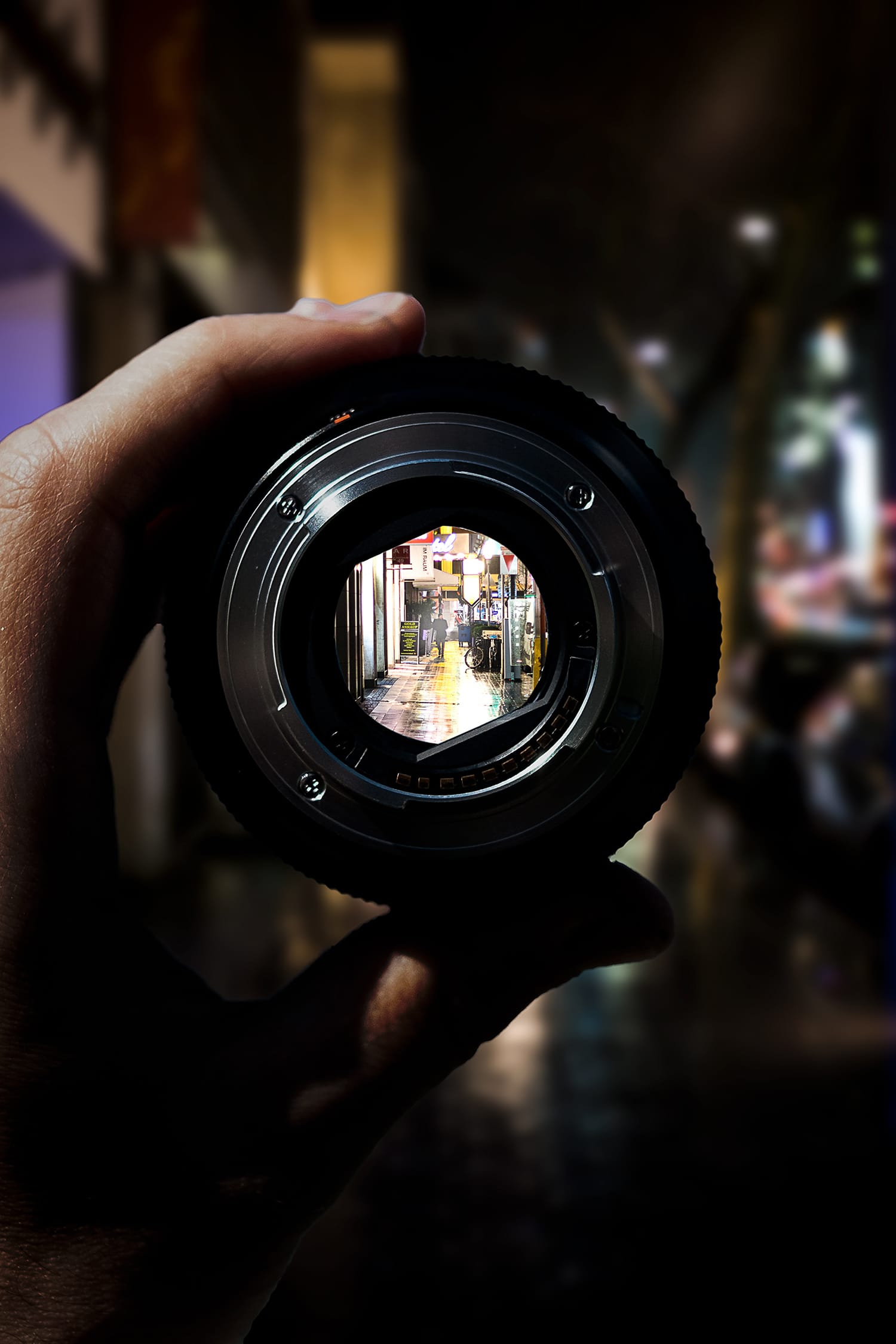
ISO Settings
Depending upon the lighting conditions of the environment in which you’re shooting photos, you’ll need to set the ISO of your camera. Otherwise, you might not be able to get a picture with detailed shadows if your subject matter is located in an area with poor light conditions.
Consider increasing your camera’s ISO settings to 400 or 800 if your subject matter is in motion or you’re shooting indoors. On the other hand, if you’re shooting in a cloudy environment, then setting ISO at 200 will suit you better.
The simple rule is that the darker the lighting conditions, the higher the camera’s ISO setting you might need.
That’s because higher ISO essentially darkens or brightens your image. The technique comes in handy if you need to capture shadowed areas. Although you can lighten the shadowed areas in post-processing, it’s always better to capture the image with more details in the first place.
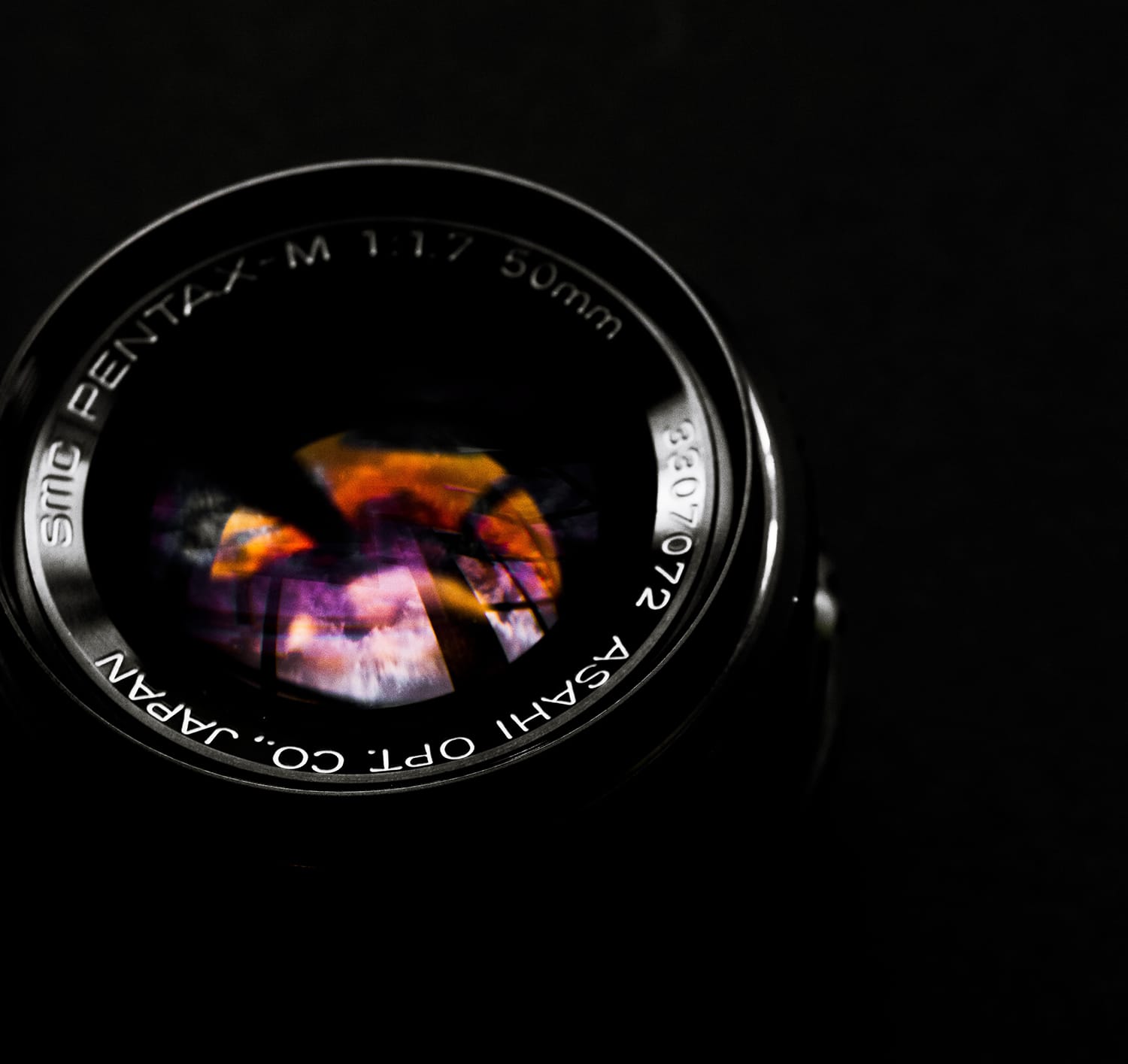
Lens Quality
It’s a fact that the most crucial piece of equipment in your bag isn’t the fancy body of your camera but the lens.
The quality of the lens you’re using also matters a lot in capturing sharp photos. That’s why it’s always important to invest in a great quality glass if you can afford it.
Consider opting for a high-quality that comes with an aperture of f/2.8 or even faster.
Keep in mind, the lower the number, the sharper results you’ll get. At the same time, it’ll also cost you more money.

Two-Third or One-Thirds Rule
If you’re a seasonal photographer, then you’d already know that the higher the f-stop number, the greater the DoF. However, in the field of focus, there’s a critical ratio involved. You need to take care of it while selecting the value of your f-stop before capturing a photo.
The lens’ length determines the area that will be in focus; it’s also critically important to set the point of focus. Whether you are using manual, spot, or even automatic focusing, you’ll need to keep this in mind. Consider dividing the desired area of focus into three parts. Then use that distance to set the point of focus one-third into that.
This way, only one-third of the area will be properly sharpened, although two-third of the focal range will still remain in focus. It’s the same rule that explains why you should set your focus on eyes while capturing portraits.
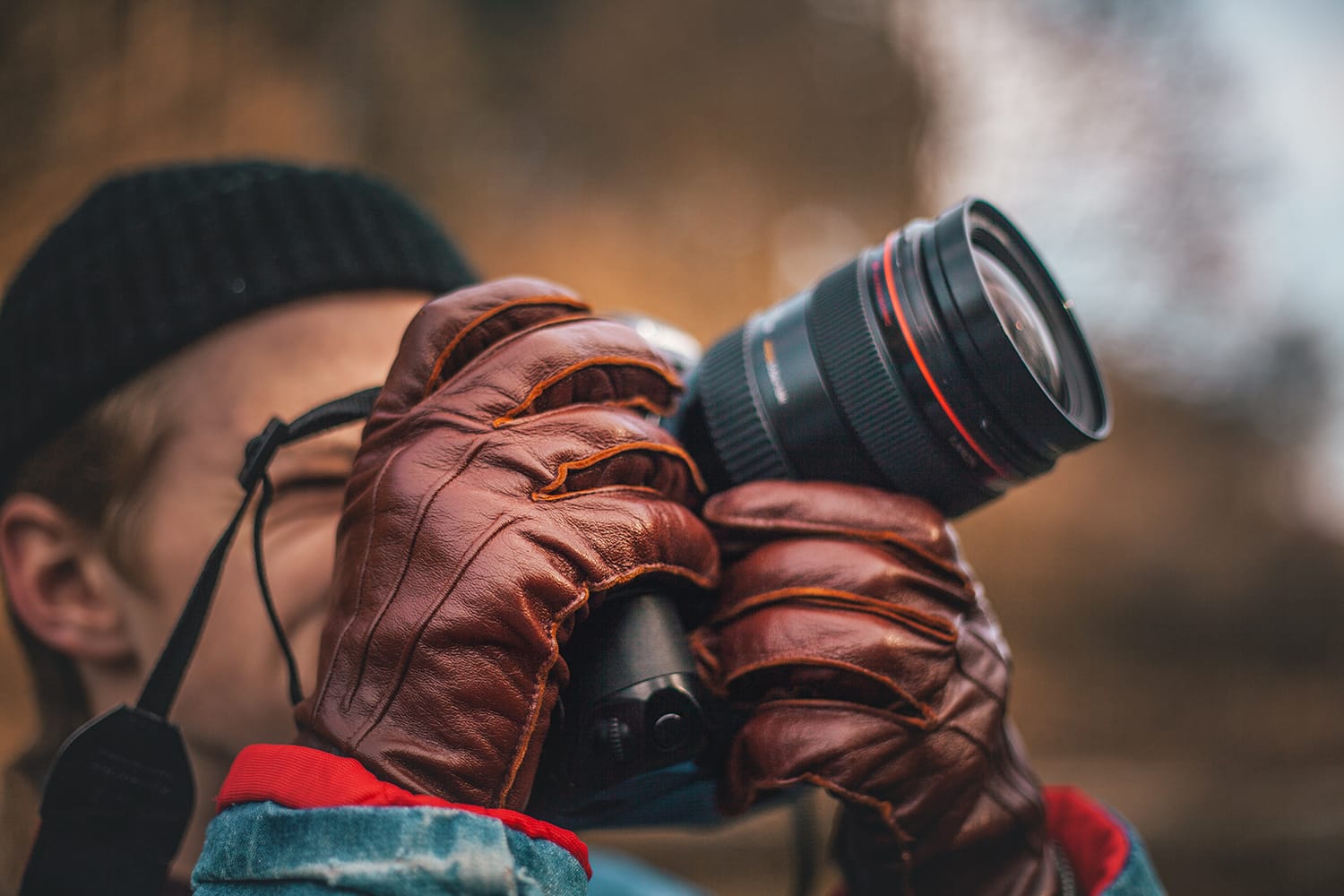
The Role of Weather
Believe it or not, the weather is one of the silent culprits that can affect the sharpness of your photos, especially if you’re shooting long-range photos, such as the landscape of an open area. The floating pollutants, dust particles, and heatwaves can blur the focus and dull the saturation by bending light rays.
The hours right after the rain are the best weather that allows you to capture razor-sharp photos. That’s because rain rinses the pollutants and dust particles from the air and reduces the intensity of heat waves.

Post-Processing
Post-processing has become an integral part of photography. It allows you to tweak your photos to get rid of minor imperfections, and you can also use this technique to increase sharpness. However, it’s important to keep in mind that sharpening your photos should be the final step of your post-processing.
It’s an artificial method that can degrade the overall quality of your digital photo. In fact, you can never truly sharpen an image. Most tools out there will increase the sharpness of your overall image but also enhance the details of the non-subject parts.
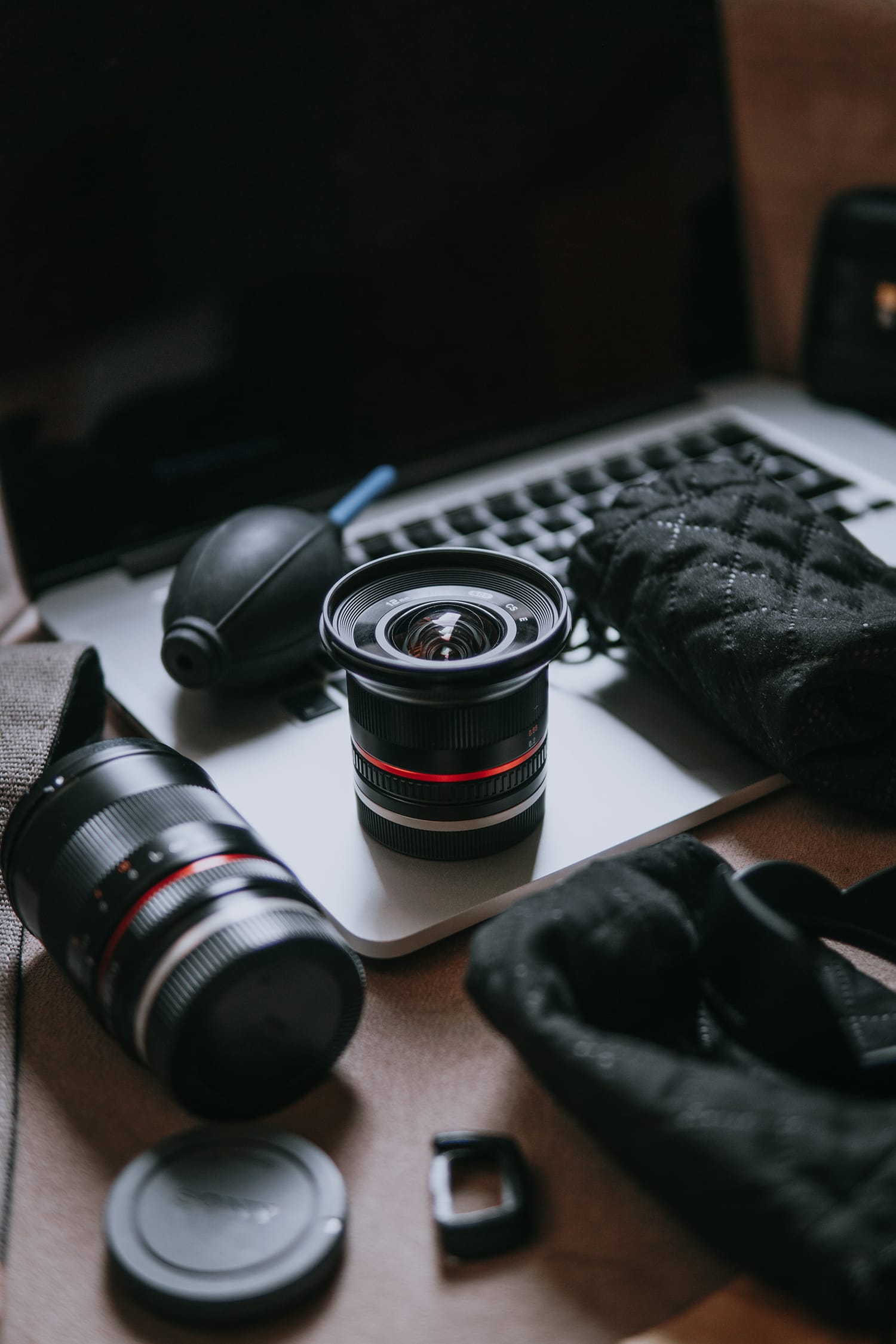
Bonus Tip: Don’t Forget to Clean Your Lens
Some beginners overlook dust and the fingerprints on the lens, which are sometimes the most frustrating hindrances to achieving razor-sharp photos. It’s advisable to cover the lens with a lens cap all the time when it’s not being used and carry a small microfiber cloth in your camera bag as well.
Final Words
There you have it. We hope this guide will help you understand how to acquire sharp focus while shooting in manual focus mode. It isn’t impossible, but you need to choose the right settings that suit your environment and scene the best.
Each tip discussed in this post might only make a small difference while capturing, but the cumulative impact will allow you to achieve the desired results. Practice all these tips to capture sharp images again and again until it becomes the way you shoot photos.
